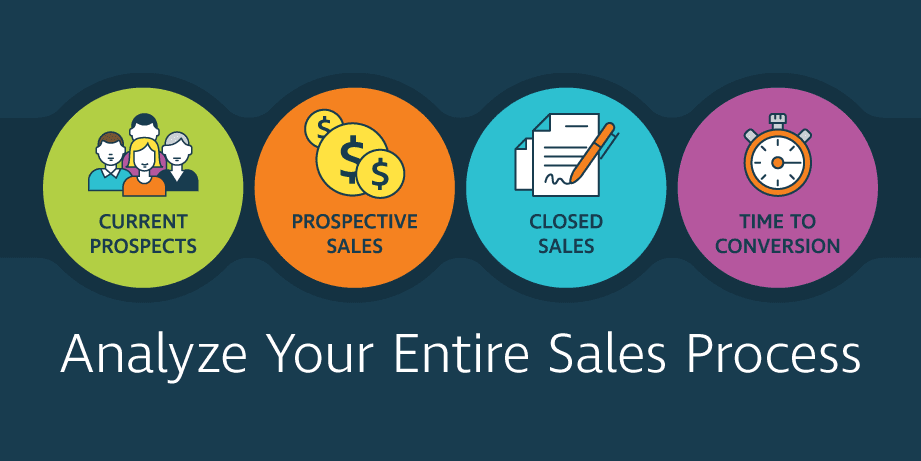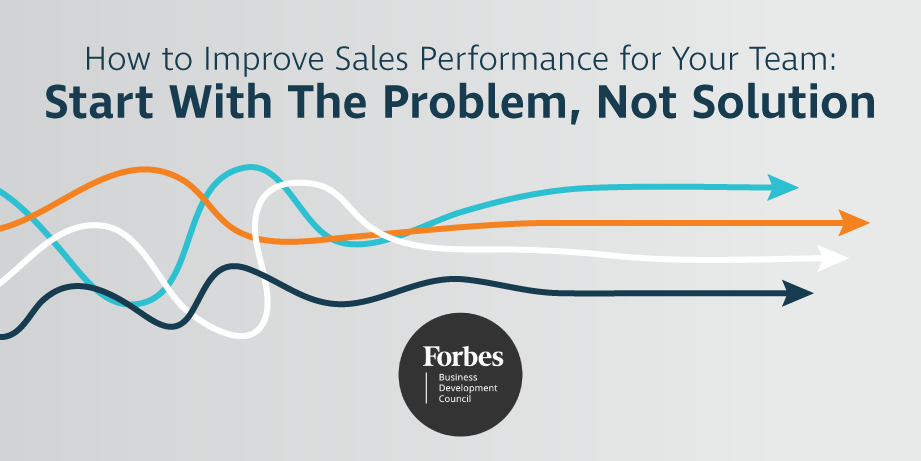How Sales Enablement Leaders can Impact Business Outcomes
If the results of sales enablement programs are sometimes difficult to detect in business outcomes, it’s not hard to see why.
Sales enablement leaders
struggle to push change forward and make it stick. They rarely have the ability to propel change directly, by their own authority. And “executive buy-in” can be hard to define, let alone secure. So, the big question for many sales enablement pros is: “How can I
influence business outcomes
?”
The mandates for
sales enablement leaders
can be pretty vague as well. Too often, here’s what happens: the CEO turns to the sales lead and says, “Make sure that our sales organization hits our number.” Then the head of sales turns to sales enablement and says, “We need to hit plan. Go figure it out and make that happen.”
Or the goal may be somewhat more specific: “Do something about our onboarding process.” But again – what exactly does that entail, and how is it supposed to happen? The natural impulse is to jump into immediate action – maybe buy some new tools, revamp initial training processes, pull together a few individuals who can help you tap into “tribal” knowledge. What’s missing is a
strategy
that aligns with the objectives of the C-suite or line-of-business, long before any program roll-out.
Here are two ways that sales enablement leaders can build that alignment and bring the full force of pragmatic, informed influence to bear on sales activities:
Start with the why – and clarify.
The C-suite mandates the sales goals, and it’s sales enablement’s job to achieve them. But when the goals are unclear or overly broad, there’s a simple remedy that busy, action-oriented
sales enablement leaders
tend to overlook: Ask! Find out
why
the executive sponsor or line of business leader thinks a
sales process
change is needed. What specific KPIs is the C-suite looking to influence? What concerns do they have?
Once you’ve built that broader strategic understanding, it’s easier to do a deep dive into the specific challenges to appropriately change the
sales process
. You can conduct an internal assessment to probe into what’s working best, and what isn’t working at all. If it’s an onboarding revamp, for example, that may mean asking questions like:
- At the end of the process, do new reps really know how to engage a prospect in the right ways, whether in person or over the phone?
- Is the onboarding process having a measurable impact onbusiness outcomes
?
And while you’re asking leadership about strategic goals, don’t forget to seek input from the field teams, too. Part of the value of the
sales enablement leader
is their position as a liaison – a bridge if you will – between the sales organization and the lines of business.
Sales enablement is often tasked with filling in the gaps that lie between what sales needs, versus what they want. For example, let’s say your salespeople want a better communication tool that simplifies and consolidates e-mail, text, and voice. But what they need, according to management, is a learning process that reinforces sales training and helps reps sell more services. If you can find a way to provide both, you’ve taken a big step towards increasing sales effectiveness while also building your influence for the next project.
Keep an eye open for things that reps
don’t
want, too. One of the fastest ways sales enablement leaders can endear themselves to salespeople is by removing an ineffective or irrelevant sales process and content that inhibits their ability to hit their numbers.
Be a data curator.
In the words of legendary productivity sage W. Edwards Deming, “Without data, you’re just another person with an opinion.” Successful sales enablement organizations adopt a data-driven mindset when working to drive change that matters.
Data can show you how sales reps are interacting with content. It can help you tie learning success to outcomes, which in turn reveals areas that require ongoing training.
When data girds the process, it allows sales enablement to set reachable goals, assign metrics, and keep leadership up-to-date on progress. It’s worth spending some time investigating data-driven enablement platforms that move beyond the traditional training programs that L&D and HR teams have been relying on for years.
Business strategy theorist Michael Porter once remarked that
“the essence of strategy is choosing what not to do.” Maybe so, but the essence of execution – or at least, a big part of it – is knowing exactly what the objective is and being able to track progress towards a business outcome.
Equipped with the big picture and the right metrics,
sales enablement leaders
can harness the power of influence to drive lasting and transformative change.







